Title of Research Grant Proposal
“Underlying Mechanisms of the Self-check Style: The Role of Executive Functions and Performance Calibration”
Purpose of Research Study
The aim of this research is to explore the underlying mechanisms of the self-check style focusing on its effects on students’ executive functions and performance calibration in the field of elementary physical education and how these effects are associated with students’ sport performance. The effects of the self-check style on students’ motivation to participate in physical education will also be examined. The main research question is if the use of the self-check style can effectively trigger elementary students’ executive functions and increase their performance calibration in physical education and how these effects are associated with students’ sport performance. It is expected that students who will be taught with the self-check teaching style will enhance their executive functions and increase their performance calibration more than students who will be taught with the command teaching style and these effects will be also translated in increases in their sport performance.
Authors
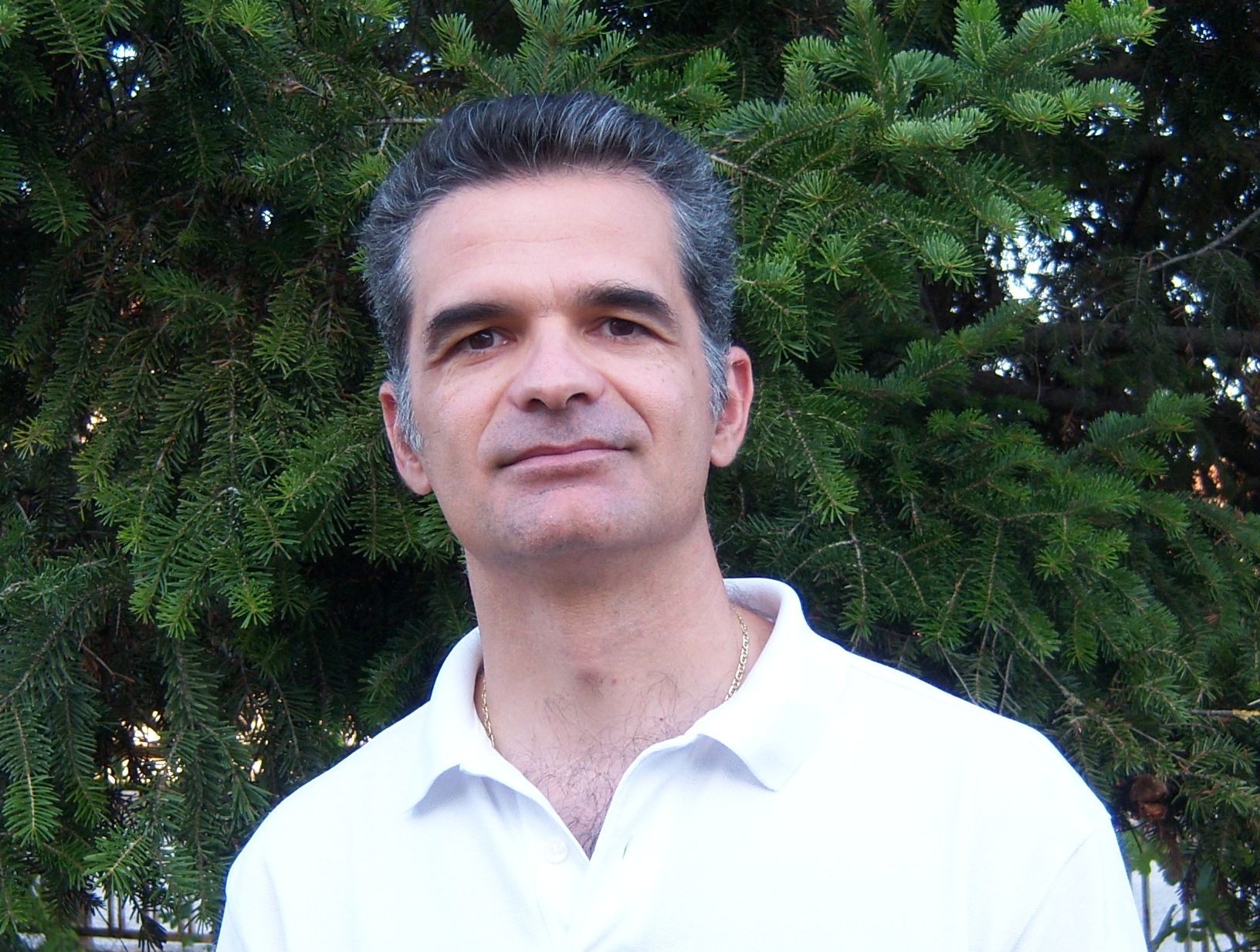
Athanasios Kolovelonis
University of Thessaly

Ioannis Syrmpas
University of Thessaly
Title of Research Grant Proposal
Spectrum Futures: Developing Teaching and Learning from an Intercontinental Perspective.
Purpose of Research Study
To explore and advance the future of The Spectrum from an intercontinental perspective through an emphasis on two areas: Service and Research. Service: Specific Purpose: To identify, educate, and support the next generation of Spectrum advocates through six graduate level Special Interest Groups (SIGs) across the globe. Underpinning Premise: To build upon the similar efforts of Mosston and Ashworth, and the already established Spectrum scholars that followed them, the institute must continue to expand its reach, practices, and focus across the globe in unique and innovative ways. Through this occurring, The Spectrum community will grow, its guiding theoretical and pedagogical knowledge will evolve and strengthen, and the quality of teaching and learning in schools will likely be greater than is currently present. Research: Specific Purpose: To explore and write about specific conceptual and practical futures whereby The Spectrum can be best utilized to support the achievement of focused educational aims and objectives as informed by a variety of developmental channels. Underpinning Premise: The Spectrum’s greatest strength and weakness is linked to its theoretical broadness, as well as its ability to connect with a plurality of educational aims and objectives. By exploring and providing conceptual and practical examples and stories linked to how The Spectrum can be best utilized to achieve specific educational traditions and aims that are both locally and globally supported, the likelihood of teachers embodying The Spectrum in schools and universities is likely to be greater.
Authors

Jamie Jacob Brunsdon
The University of Memphis
Title of Research Grant Proposal
The Impact of the Spectrum of Teaching Styles on Students' Social and Personal Skill Development in Japanese Physical Education Through a Social Justice Lens
Purpose of Research Study
The purpose of this research is to investigate how implementing the Spectrum of Teaching Styles (Mosston & Ashworth, 2008) in Japanese physical education (PE) settings influences students' social and personal skill development, particularly through the lens of diversity, inclusion, and social justice. While literature increasingly highlights the need for inclusive, equitable, and just pedagogies in PE (Block et al., 2021; Lynch et al., 2020, 2022), traditional Japanese PE curricula have historically emphasized direct instruction, discipline, and technical proficiency over student-centered approaches that prioritize affective and social learning (Teraoka et al., 2021). Given this context, exploring alternative pedagogical frameworks that foster inclusive, student-centered learning experiences in Japanese PE is crucial. This research is guided by the following research questions: How do different Spectrum teaching styles impact students' social and personal skill development in Japanese PE contexts? How do in-service and pre-service PE teachers perceive and implement the Spectrum of Teaching Styles in fostering diversity, inclusion, and social justice? What challenges and opportunities emerge when integrating the Spectrum of Teaching Styles into Japanese PE curricula? Given the established benefits of the Spectrum of Teaching Styles in promoting cooperation, critical dialogue, and critical reflection, research has demonstrated its positive impact on student engagement and development (see “Background and Literature Review” below). Therefore, we hypothesize the following: H1: The use of various Spectrum teaching styles, particularly Styles C–E and production styles, will lead to measurable improvements in students' social and personal skills, such as leadership, empathy, and teamwork. H2: Japanese in-service and pre-service PE teachers who receive training in the Spectrum of Teaching Styles will demonstrate increased confidence and effectiveness in implementing inclusive and socially just teaching practices. H3: Institutional and cultural factors may pose barriers to the adoption of Spectrum-based pedagogies in Japan; however, targeted professional development and curriculum adaptations can facilitate successful implementation. By examining these hypotheses, this study aims to contribute to the growing body of literature on inclusive and equitable PE pedagogies while providing actionable insights for PE teacher education and curriculum development in Japan and beyond.
Authors

Kanae Haneishi
Western Colorado University

Matthew Curtner-Smith
The University of Alabama

Bruce Nkala
AIM Academy

Professor Tsuyoshi Matsumoto
Tsukuba University (Japan)
Title of Research Grant Proposal
Student-led Social-emotional Learning through Teaching Styles in Sport Education
Purpose of Research Study
Social and Emotional Learning (SEL) has been increasingly recognized as an essential component of education and human development [Collaborative for Academic, Social, and Emotional Learning (CASEL), 2020]. A call has been made for centering research around SEL with a specific focus on structure, scope, sequence, and an approach toward achieving a common goal (Roth & Brooks-Gunn, 2016). Within Physical Education (PE), while the Sport Education (SE) model has demonstrated a positive effect on enhancing SEL-related outcomes (Simonton et al., 2019; Dyson et al., 2021), a knowledge and experience gap remains in understanding how to foster SEL explicitly in SE and how its effectiveness. The study is centered on SEL-focused SE that utilizes the Spectrum of Teaching Styles as a path to scaffolding students to take ownership of SE experience, developing SEL competencies and learning outcomes. This study aims to investigate how integrating reciprocal and inclusion teaching styles influences students’ SEL experiences and learning outcomes during a six-week badminton SE season (13 lessons intervention) focused on student-led SEL. Specifically, student control-value beliefs, discrete emotions, personal and social responsibility, game performance, and tactical understanding will be evaluated in a pre-and-post study design to examine how student coaches adopt reciprocal and inclusion styles leading SEL during badminton team practice sessions and how it impacts peers’ affective and psychomotor domain development. Grounded in the belief that student coach training is necessary for effective SE, this study hypothesizes that supporting students in implementing reciprocal and inclusion styles can foster positive SEL experiences during team practice, enhancing motivation, personal and social responsibility, game performance, and tactical understanding in the badminton SE. Research questions: Q1: How do reciprocal and inclusion teaching styles influence students’ emotions and motivation in a six-week SEL-focused badminton SE season? Q2: How do these teaching styles affect students’ personal/social responsibility, game performance, and tactical understanding during the same season?
Authors

Wei Mao
University of North Dakota

Wanting He
University of North Dakota

Hairui (Harry) Liu
University of North Dakota
Title of Research Grant Proposal
(Investigating the motivation of teaching styles in sports-science university students
Purpose of Research Study
This work aims to identify which teaching style, within the cluster that focuses on memory thinking, impacts learner adherence to content, task performance, and motivation for learning in physical education (PE) classes related to proprioceptive content.
Authors
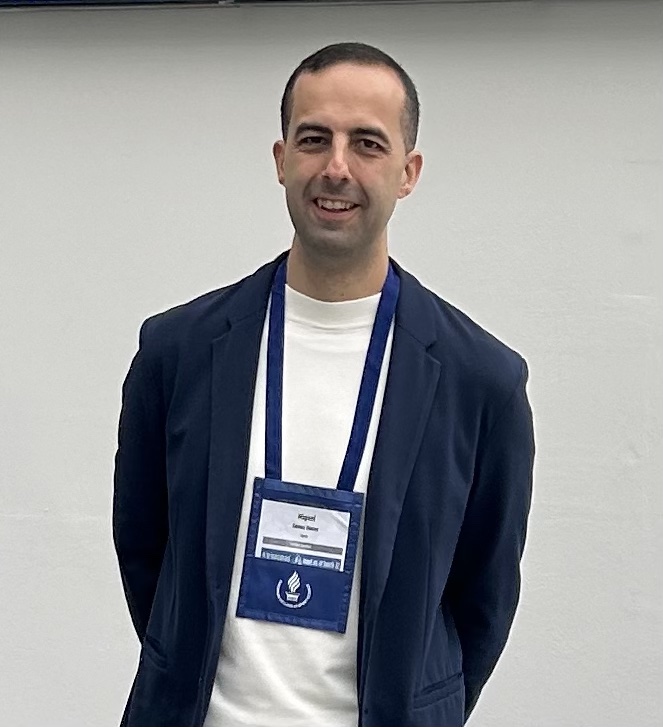
Miguel Ángel Gómez Ruano
Universidad Politécnica de Madrid (UPM)

Celia Rodríguez Longobardo
Universidad Politécnica de Madrid (UPM)
Title of Research Grant Proposal
The effects of Spectrum of teaching styles knowledge on teachers implementing the pedagogies of MBP
Purpose of Research Study
Some (SueSee et al., 2022) have suggested The Spectrum of Teaching Styles (The Spectrum) could assist teachers implementing Models Based Practice (MBP) and narrow the gap between the hope and the happening (Casey et al., 2020). Further to this Casey (2014) has asked are MBP great white hopes or great white elephants? Our research question is “What are the effects on teaching of teacher Spectrum knowledge on implementing a MBP (Game Based Approach, Teaching Personal and Social Responsibility and Sport Education/PSI)?
Authors
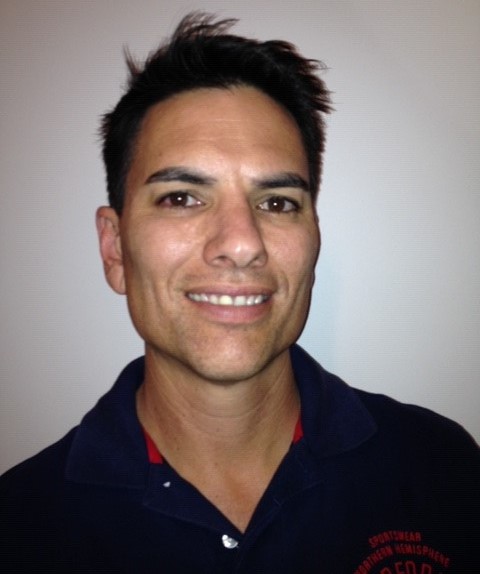
Brendan SueSee
University of South Queensland

Shane Pill
Flinders University

Michael Davies
University of Canberra
Title of Research Grant Proposal
Teaching the JEDI Concepts through the Spectrum of Teaching Styles
Purpose of Research Study
The specific research questions we will attempt to answer are: (a) How do Spectrum of Teaching Styles lessons, emphasizing the promotion of JEDI, impact school-aged students' social and sport behavior? and (b) What is the impact of a training program on PTs’ ability to use the Spectrum teaching styles to teach the JEDI concepts?
Authors
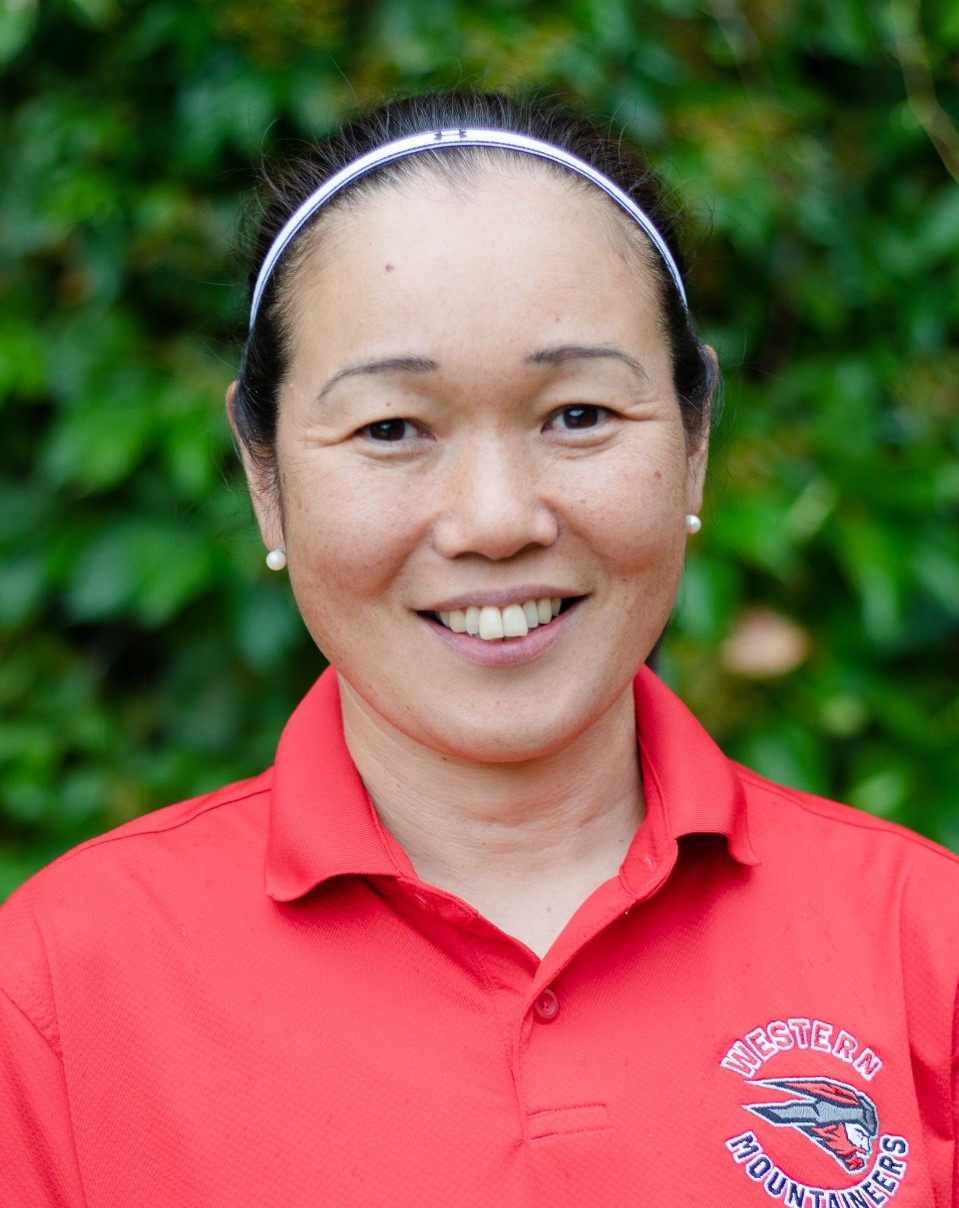
Kanae Haneishi
Western Colorado University

Matthew Curtner-Smith
University of Alabama

Bruce Nkala
Sandy Spring Friends School
Title of Research Grant Proposal
Does edTPA influence student teachers’ use of teaching styles?
Purpose of Research Study
The overarching purpose of this study is to investigate how the educative teacher performance assessment (edTPA) influences physical education student teachers use of the Spectrum of Teaching Styles at the University of [concealed]. Specifically, the researchers are interested in investigating whether the edTPA has a positive or negative impact on student teachers use of teaching styles when they are preparing their portfolio, which includes developing lesson plans and assessments, recording instructional videos, and writing descriptive commentaries. The problem statement this research is trying to address is why our student teachers often struggle to utilize a variety of teaching styles during student teaching despite a wide variety of instructional approaches being covered during methods courses. We also want to gain a better understanding of why our edTPA first time pass rate is lower than we believe it should be, and whether a more diverse approach to employing teaching styles is something that can help improve these scores. This study has two aims. First, to identify what teaching styles are employed by student teachers during the edTPA learning segment. Second, to identify what edTPA factors influenced the use of teaching styles during the edTPA learning segment. The study will aim to answer the following research questions: How do physical education student teachers employ teaching styles during the edTPA learning segment? What edTPA factors influenced how student teachers employed teaching styles during the edTPA learning segment? Did cooperating teachers witness any changes in student teachers’ use of teaching styles during the edTPA learning segment?
Authors

Craig Parkes
University of South Alabama

Shelley Holden
University of South Alabama
Title of Research Grant Proposal
Student coaches: Teaching style effects in Sport Education
Purpose of Research Study
The purpose of this research is to critically examine how the adoption of various (three) teaching styles within the Sport Education (SE) model influences students’ motivation, skill acquisition, and game performance in college-level physical education (PE). By focusing on three distinct teaching styles - reciprocal, learner-designed individual program, and learner-initiated, this study will investigate how student coaches adopted these three teaching styles to organize their team practice and its impact on students' learning outcomes and game performance. Given the complexity of PE instruction and the nuanced skills required for various sports, this study hypothesizes that the tailored application of these pedagogical approaches can significantly enhance students' engagement and proficiency. The research questions aim to delineate three designated teaching styles for students’ development and to identify the ways in which each style fosters not only physical capabilities but also intrinsic motivation and skill application (game performance). This investigation is premised on the belief that effective student coaching strategies are pivotal to students' success and that the pedagogical content knowledge inherent in SE necessitates a multifaceted approach to education. By systematically exploring the efficacy of these styles, the study seeks to provide evidence-based recommendations for PE curriculum development, thereby enriching the academic discourse and offering practical insights for educators. Research Question(s): How do reciprocal, learner-designed individual programs and learner-initiated teaching styles influence the learning outcomes in SE-based college PE? How do these teaching styles affect college students' motivation, skill development, and game performance?
Authors

Hairui (Harry) Liu
University of North Dakota

Wei Mao
University of North Dakota
Title of Research Grant Proposal
Revisiting International Physical Education Teacher Perspectives on the Spectrum
Purpose of Research Study
The purpose of this study is to provide a 20 year follow-up on the perceived usefulness and abilities of The Spectrum of Teaching Styles in a worldwide sample of Physical Educators. As a follow-up study in alignment with Cothran et al. (2005) and Kulinna and Cothran (2003), this project intends to gather data on the prevalence of The Spectrum in over 15 countries and extend previous findings in a variety of investigations. Given the exploratory nature of this study, it will be guided by three research questions: (a) to what degree are in-service physical education teachers reporting their perceived usefulness and abilities of The Spectrum (including what styles are reported as mostly highly and lowly used); (b) how do the current reports of usefulness and perceived abilities compare to the investigation completed in 2005; (c) to what degree do factors align or differ across cultures (do teachers differ across cultures by style and cluster) (d)to what degree are the perceived usefulness and abilities of The Spectrum related to teachers perceived efficacy and motivation for teaching.
Authors

Kelly L. Simonton
University of Wyoming

Ioannis Syrmpas
Postdoctoral Researcher
Title of Research Grant Proposal
Enhancing middle school students’ SEL through Mosston’s Teaching Spectrum
Purpose of Research Study
Increasing evidence suggests that this type of learning can enhance students' overall performance and help them develop resilience to cope with change (Macdonald & Turner, 2015; Gordon, 2014; Ennis, 2017; Wright et al., 2007; Graham et al., 2012). From various disciplinary perspectives, the influence of the external environment on individual emotions is crucial (Ryan & Deci, 2002; Vansteenkiste & Ryan, 2013; Ames, 1992). Additionally, resilience theory emphasizes the importance of individuals exhibiting adaptability in adverse environments (Garmezy, 1991; Werner, 1982). Recent research strongly suggests that physical education (PE) programs can provide an environment conducive to promoting social and emotional learning (Wright & Richards, 2021). However, despite the insights provided by these theories, research on the Mosston teaching spectrum model is relatively limited. Practitioners can create different learning contexts according to individual needs and learning goals to promote the development of social and emotional learning based on Mosston's spectrum theory as a theoretical foundation for curriculum and teaching (Mosston & Ashworth, 2008). The purpose of this study is not to focus on measuring the impact of teaching models on students or even exploring the effects of teaching environments on social and emotional learning but rather to assess the applicability and feasibility of the Mosston teaching spectrum model in promoting social and emotional learning, validating its maximum effectiveness in different contexts, and providing specific guidance and recommendations for educators. Therefore, this study evaluates how the Mosston teaching spectrum model influences students' social and emotional learning in educational practice. Derived from this aim, the specific research questions are as follows: (1) What impact does the application of the Mosston teaching spectrum model have on students' overall educational experience and outcomes? (2) When implementing the Mosston teaching spectrum model to enhance social and emotional learning, what are the actual challenges and facilitating factors? (3) What specific guidance and recommendations can this study provide to assist educators in implementing the Mosston teaching spectrum model to promote social and emotional learning? The anticipated contribution of this study to the spectrum teaching model lies in providing empirical support and encouraging educators to adjust teaching methods to promote students' holistic development. Moreover, the research findings may inspire more individuals to engage in spectrum teaching, thereby expanding the diversity and innovation of educational practices.
Authors
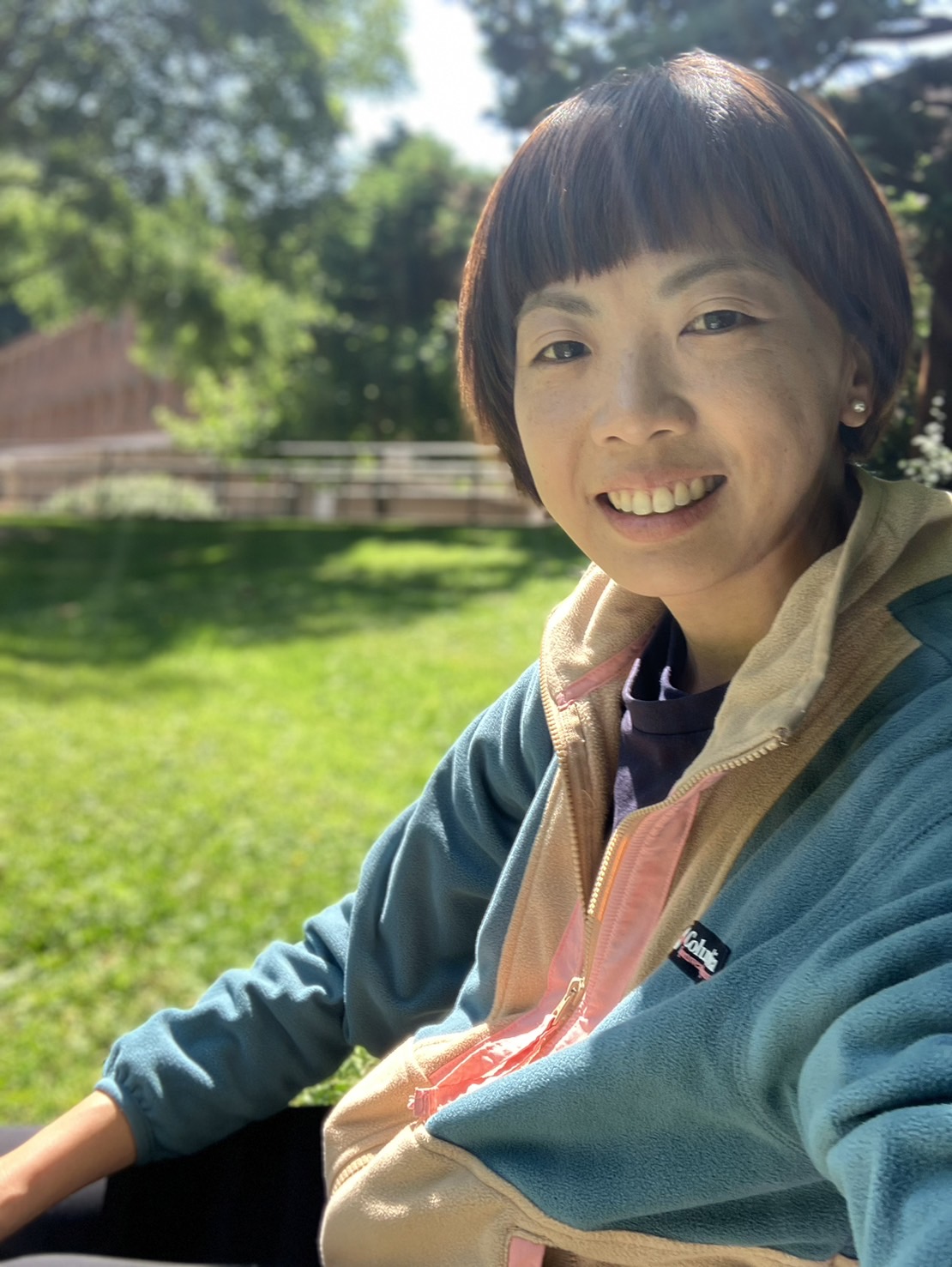
Wu, Pei-Yu
Sinshih Junior High School (SSJHS) & National Taiwan Normal University
.jpg)
Yang, Hsiu-Wei
National Taiwan Normal University

Liu, Yao-Ming
Taipei Municipal Ming Lun High School

Shy, Deng-Yau
National Taiwan Normal University
Title of Research Grant Proposal
What Socialization Factors Influence How Preservice Teachers Employ Teaching Styles?
Purpose of Research Study
In recent years the field of physical education pedagogy has seen a significant amount of research investigating the influence of occupational socialization (Lawson, 1983) on how preservice and inservice teachers perform their teaching duties. Socialization studies have primarily investigated the delivery of games centered approaches (Parkes & Hemphill, in press), with some investigation into curriculum design (Prior & Curtner-Smith, 2020), and teacher coach role conflict (Richards, 2015). However, to date there is limited data available on how occupational socialization influences preservice teachers use of teaching styles. The overarching purpose of this study is to investigate how preservice teachers employ the Spectrum of Teaching Styles during physical education methods courses at the University of South Alabama. Specifically, the researchers are interested in investigating how preservice teachers use teaching styles during peer teaching and K-12 early field experiences and looking at the potential influence of inservice cooperating teachers. The problem statement this research is trying to address is why our preservice teachers struggle to utilize a variety of teaching styles during methods courses and student teaching. The study has several aims. First, to identify how teaching styles content is delivered by professors during undergraduate methods courses. Second, identify how inservice cooperating teachers supervising preservice teachers use teaching styles within their physical education classes. Third, investigate how preservice teachers employ teaching styles during peer teaching and K-12 early field experiences. Finally, investigate what occupational socialization factors influence how preservice teachers employed teaching styles during peer teaching and early field experiences. The study will aim to answer the following research questions: How do preservice teachers at the University of South Alabama employ teaching styles during peer teaching and early field experiences? How do cooperating teachers supervising preservice teachers employ teaching styles during early field experiences? What socialization factors influence how preservice teachers employ teaching styles during peer teaching and early field experiences? Do cooperative teachers influence how preservice teachers employ teaching styles during early field experiences?
Authors

Dr. Craig Parkes
University of South Alabama

Dr. Shelley L. Holden
University of South Alabama
Title of Research Grant Proposal
Investigating the Role and Use of the Spectrum in Modern PETE Programs
Purpose of Research Study
The specific purpose and guiding research question(s) are: To describe the impact of occupational socialization on how PETE faculty members’ (FMs) utilize The Spectrum in their programs. How do PETE FMs’ utilize The Spectrum in their programs? How has FMs occupational socialization/ secondary organizational socialization influenced their perspectives and practices about and use of The Spectrum in their PETE programs?
Authors
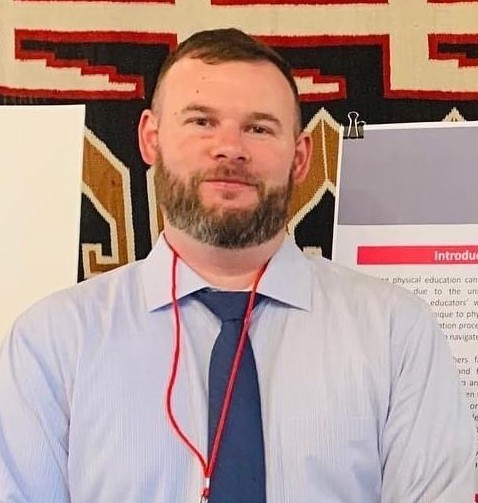
Dr. Christopher Mellor
Adelphi University

Dr. Jamie Jacob Brunsdon
University of Memphis
Title of Research Grant Proposal
Application of Virtual Reality and Gamification through Practice Teaching Style in Physical Education Lessons
Purpose of Research Study
The overall objective of this study is to analyze the effects of the application of virtual reality (VR) and gamification through practice teaching styles in Physical Education (PE) lessons. The hypothesis is that the use of VR and gamification decreases perceived effort, increases motivation and satisfaction in PE lessons as well as perceived health, and contributes to motor skill improvement.
Authors

Dr. Maria Espada Mateos
Universidad Rey Juan Carlos

Nuria Romero Parra
Universidad Rey Juan Carlos

Daniel Bores García
Universidad Rey Juan Carlos

Roberto Cano de la Cuerda
Universidad Rey Juan Carlos
Title of Research Grant Proposal
Candidates Employing the Spectrum to Teach Personal and Social Skills
Purpose of Research Study
The purpose of this study is to utilize cognitive-developmental learning theory to investigate how physical education teacher candidates learn to utilize the Spectrum of Teaching Styles to address Social and Emotional Learning (SEL). The study will be guided by the following research questions: (a) what previous knowledge do the teacher candidates maintain related to SEL in physical education? (b) what are the teacher candidates’ perceptions of the Spectrum of Teaching Styles throughout and following their university coursework, and (c) what are the teacher candidates’ perceptions of the use of the Spectrum of Teaching Styles in addressing SEL after completing their field experience.
Authors

Dr. Victoria N. Shiver
University of New Mexico
Title of Research Grant Proposal
Promoting Justice, Equity, Diversity, and Inclusion (JEDI) in Physical Education Lessons through the Spectrum of Teaching Styles
Purpose of Research Study
PURPOSE: The purpose of Study 1 is to determine whether the Spectrum teaching styles serve as a useful instructional tool in which to integrate/embed concepts of JEDI to challenge learner understanding and self-awareness of prevalent social issues in today’s society. Given that the participants in Study 1 will be a group of physical education professionals who are well versed in the concepts of JEDI, a second anticipated benefit (purpose) is that these individuals knowledgeable in the concepts of JEDI will be introduced to an instructional system that facilitates the delivery of JEDI concepts. This is an important benefit to mention because the Society of Health and Physical Educators (SHAPE) America is releasing its new national standards for physical education teachers in 2024, which will require instruction around the concepts of JEDI. As physical education teachers and physical education teacher education (PETE) faculty try to develop pedagogical strategies to implement the new standards, it is important for them to understand the usefulness of the Spectrum teaching styles in this endeavor.
Authors

Dr. Kanae Haneishi
Western Colorado University

Professor Matthew Curtner-Smith
University of Alabama
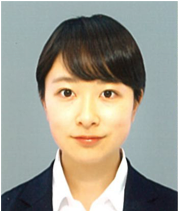
Aoba Matsunaga
Western Colorado University
Title of Research Grant Proposal
Teachers’ Perceptions of the Spectrum of Teaching Styles and Its Role in their Professional Readiness
Purpose of Research Study
The purpose of this study is to examine pre-service teachers’ perspectives and beliefs about the Spectrum of Teaching Styles during teacher training, and to determine how their beliefs influence their career readiness and future teaching choices.
Authors

Dr. Kanae Haneishi
Associate Professor, Recreation, Exercise, & Sport Science Department, Western Colorado University, Gunnison, CO, U.S.

Dr. Kelly Simonton
Assistant Professor, Division of Kinesiology and Health, University of Wyoming, Laramie, WY, U.S.
Title of Research Grant Proposal
Flourishing through the Spectrum: Toward an Affective Spectrum Model
Purpose of Research Study
The purpose of this study is to conceptualize and create a composite pedagogical model drawing from the theory for the Spectrum of Teaching and Learning, as a micro structure, and Aristotelian Virtue Ethics as a meso structure.
Authors

Dr. Jamie Brunsdon
Assistant Professor, College of Health Sciences, University of Memphis, Memphis, Tennessee, U.S.